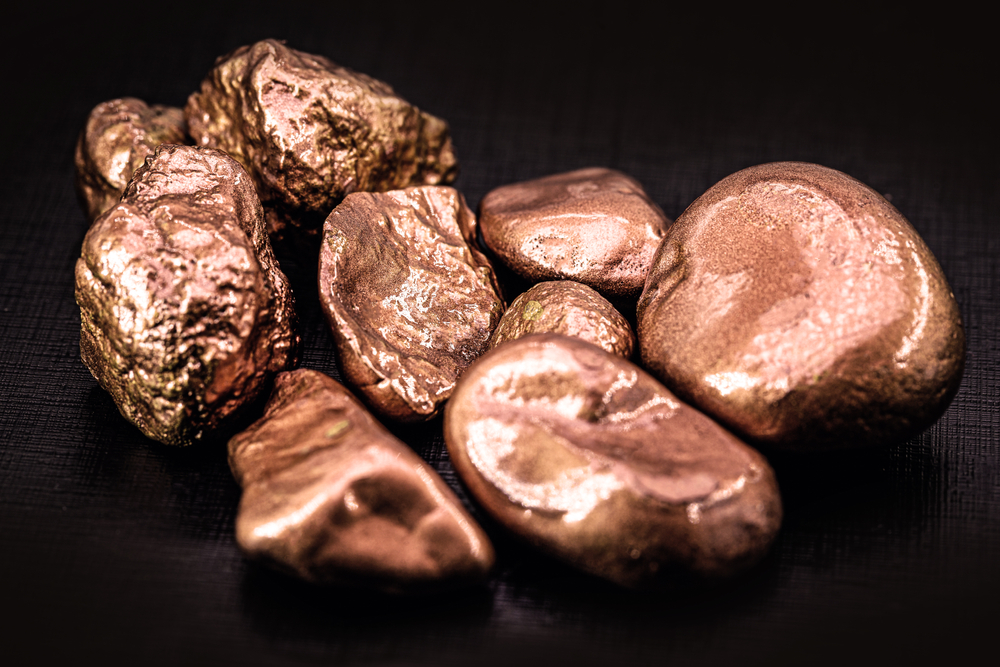Editor’s Note: In today’s article, Matt Benjamin advises investors to keep their eyes peeled for one data point that could send stocks soaring. However, this isn’t the only indicator investors should be on the lookout for.
In fact, one of Alexander Green’s most successful trading services, The Insider Alert, is rooted in a carefully curated strategy – one that reports show has beaten the S&P 500 by up to 2,000%.
Why wait years for colossal returns when this strategy has shown it has the power to land gains as high as 780% in just 12 days?!
Click here to watch Alex’s tell-all presentation.
– Madeline St.Clair, Assistant Managing Editor
When will we hit peak inflation?
I know, boring. My colleagues tell me I write too much about economics and policy and not enough about markets.
But trust me when I say that right now nothing – absolutely nothing – is more important to investors than the answer to this question.
Because at the moment, everything else depends on what happens with inflation.
It could tank the economy if it persists at the current level (8.6% year over year in May, the biggest increase since 1981).
It’s also far and away the most important factor guiding the Federal Reserve’s policy actions – i.e., its rate hikes, which move markets dramatically. The Fed is clearly willing to sacrifice some economic growth and employment to tame runaway inflation.
If consumer price growth remains at current levels (or, God forbid, runs higher), Chairman Jay Powell & Co. may have to push the economy into full recession to quash it.
And if inflation remains near current levels, it may even trigger major economic legislation, including a gas tax holiday.
Indeed, it’s a political football. Inflation is now the top concern among Americans, with 44% citing it as their biggest worry.
Unemployment, health, crime, poverty and immigration all take a back seat to rising prices right now when it comes to what keeps Americans up at night.
I’m not going to predict when inflation peaks. That, it turns out, is a good way to make yourself look foolish. (Remember the Fed calling inflation “transitory” for months, before quietly retiring that embarrassing term for good?)
But there are several indications that maybe – just maybe – inflation is near or even past its peak, and this current wage-price upward spiral will soon start to calm.
Commodity prices provide some real hope here. In particular, the price of copper. This metal has been so reliable at predicting how hot the economy will be in the near future that it’s earned the nickname Dr. Copper, because it acts like it has a Ph.D. in economics.
Dr. Copper Tells All
Copper’s forecasting prowess stems from the fact that it’s such a versatile metal and has so many uses in virtually every economic sector. Planning to build a house or an electric vehicle or a skyscraper or a semiconductor fab? Get your copper order in first.
As you can see below, the price of copper plummeted in June.

So copper is signaling that the economy – and therefore inflation – is cooling off.
And copper isn’t the only commodity on a downward slope.
Crude oil is down 10% from its recent high. Lumber – the poster child for rising inflation last year – today costs half what it did in March.
Semiconductors, a shortage of which caused car prices to skyrocket over the past year, are 14% cheaper than they were this time last year. And container shipping rates are down 25%. Shipping manufactured goods from overseas is a big cost that consumers have to pay for (even if they don’t know it). When shipping costs drop, retail prices do too.
And there’s great news for travelers, too.
Airline tickets, both domestic and international, which had been rising since early 2021, have now fallen for four consecutive months.
There are many other prices I can point to that have cooled off in recent months, like the price of automobiles or fertilizer.
Finally, the bond market is signaling a cool-off.
In anticipation of aggressive rate hiking by the Fed, the market sent the 10-year Treasury yield to nearly 3.5% in mid-June. That rate has since fallen back to under 3%, a signal that the market doesn’t think Powell will need to hike rates so much because inflation is peaking.
Watch This Date
All of these indicators, of course, could reverse direction. And many a wise observer has found himself or herself on the wrong side of a premature “peak inflation” prediction.
In fact, I recently came across a Wall Street Journal editorial titled “’Peak Inflation’ Keeps Peaking.”
So we have to watch the data closely.
This month we’ll get the June reading for the consumer price index (CPI) on July 13.
Of all the economic data due in July, this one is the most critical. A bad reading – something at 8.5% or above – will indicate that the Fed has to be even more aggressive in hiking rates. That will take the stock market a leg lower.
Something below 8% will tell us that inflation may have peaked. That kind of news will almost certainly send equity prices upward.
I’ll be watching closely. I suggest you do the same.
